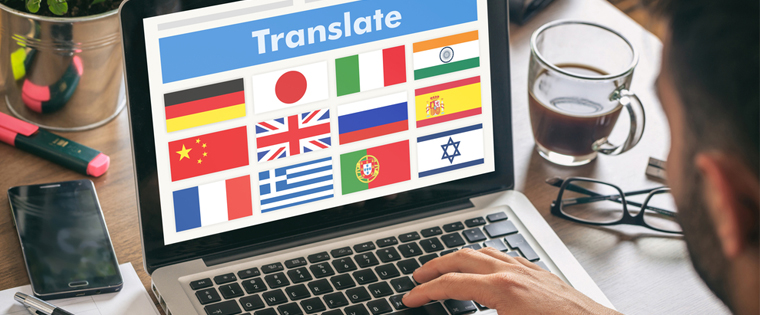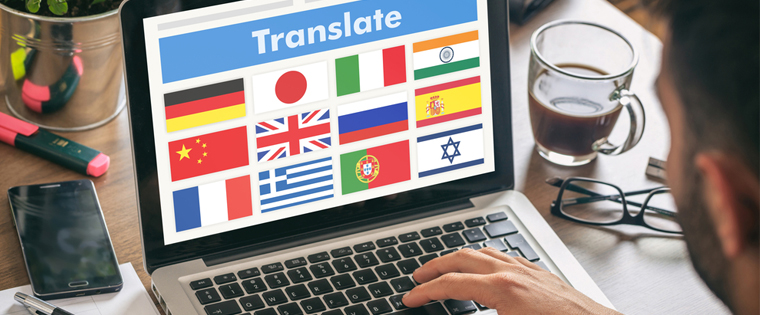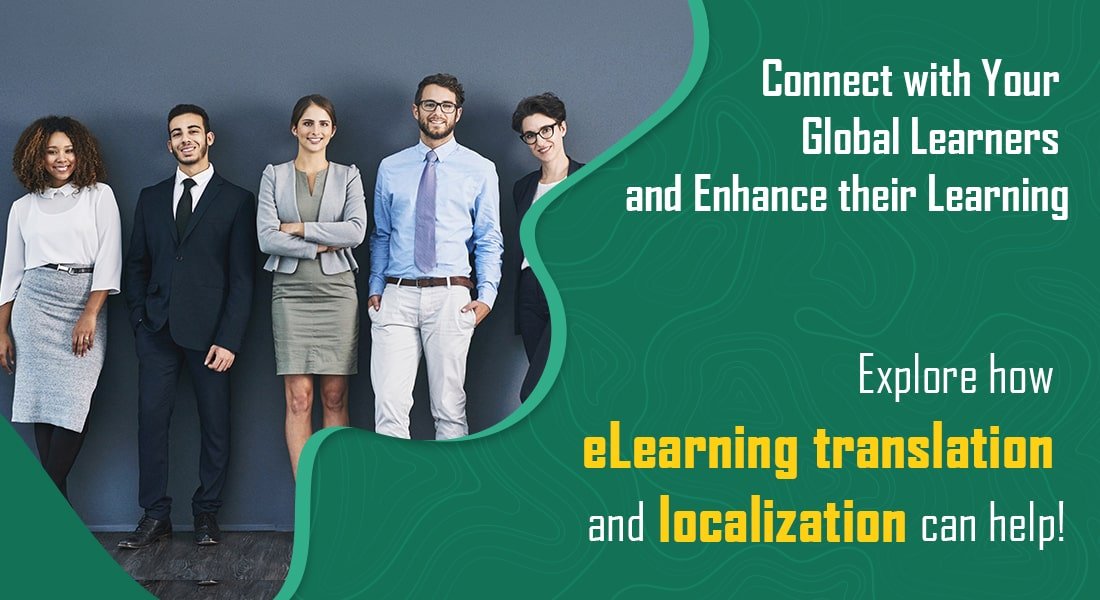Why Make Your Online Learning Content Global With Translation

Mobile devices, high speed Internet, and seamless connectivity have made the world a smaller place. Organizations the world over have embraced this and spread their operations to gain the best expertise and infrastructure, in a cost-effective way. Apart from the monetary reasons, working across different countries allows companies to operate round the clock, which helps them achieve their deliverables faster.
→ Download Now: State of Learning (Now and Beyond) [eBook]
Companies are also entering foreign countries to explore potentially new markets for their business. To do this, companies set up new offices and hire local personnel as their workforce. The engine of globalization has become a well-oiled machinery and is certainly here to stay. Globalization might have melted geographical boundaries, but there is one barrier better connectivity just can’t scale – the boundary of language and culture.
Operating in a foreign country means working with people speaking varied languages and following cultures unlike yours. Colonization might have made English a global language, but when it comes to learning, people might not be entirely comfortable using it. A different language combined with a different culture greatly shapes the way people perceive information. Hence, a training that works for an English-speaking group might not sit well with say – an Arabic-speaking one. Below are some of the training challenges that arise from the barriers of language and cultural:
- Elearning courses are full of real-life scenarios and role-playing games, which are often derived from people’s mindset and way of living. As linguistic and cultural factors play a huge role in making these scenarios effective, people who belong to other cultures or speak a different language may not be able to connect with it.
- Symbols, idioms and colloquiums are also very culture and language specific; and might mean something completely different for people from a different country.
- Non-native English speakers might feel a major disconnect with learning material that is not in their language. It directly affects the amount of information that employees will retain post-training and practical skill development.
All these reasons make it necessary for organizations to translate and localize courses for their culturally diverse workforce. To make a course culturally ready for a new audience, merely changing the language of the course is not enough. You need to go a step further and localize the course as well. Localization essentially means making the e-learning course culturally appropriate. It means changing culture-specific slang, idioms, expressions, acronyms, and any other language/culture-specific content to something more neutral, for the target audience.
Translation and localization help to make your e-learning program, and thus your company, truly global. Below are some of the advantages translation brings to your table:
Better Employee Connect
When non-native employees see that efforts have been made to provide training in a language they are comfortable with, they instantly form a connect with it. Higher satisfaction with a digital learning program translates into greater knowledge retention and better skill development. Employees who are trained in a language most comfortable to them get a better understanding of the subject. This results in better skills, which in turn makes them good at their jobs. This increases employee efficiency in delivering top-notch services or products to your customers.

A Bird’s Eye View of What Top-Performing L&D Teams are Doin
- Aligning Learning Strategy with Business Strategy
- Developing Business Skills for the Future
- Investing in the Right Technology
- Much More
Greater Reach
Translating your e-courses to various languages means that you can handle more clients and customers from more areas around the world. This in turn translates to greater company growth and higher profitability. You also have an advantage over your competitors who might be restricting their training programs to just one language.
Higher Customer Satisfaction
Translating customer education courses will lead to better understanding of products and easier troubleshooting, resulting in a reduced number of complaints and customer service calls. This increases customer satisfaction, which in turn makes them advocates of your products and services. Happier customers keep coming back for more, increasing your profitability many fold.
More Refined Communication
It sort of goes without saying that enlisting the services of a translation company for your e-learning courses will lead to better lines of communication. By knowing for certain that teaching materials make sense and are grammatically correct, you can be sure employees won’t struggle to learn, retain, and apply new skills and/or knowledge. You could attempt to translate e-learning courses yourself by using an online tool, but this will not have the desired effect. Good translation companies alone can handle the often complex and complicated nature of training material, which might even contain industry jargon or company-specific terms.
These are only a handful of benefits of translating your e-learning courses; and more benefits will become apparent once the wheels are set in motion. So, don’t wait anymore – translate and make your training program, global.



![Everything You Wanted to Know about eLearning Translations (But didn’t know whom to ask)! [Infographic]](https://blog.commlabindia.com/hubfs/Imported_Blog_Media/elearning-translation-overview-info.jpg)

